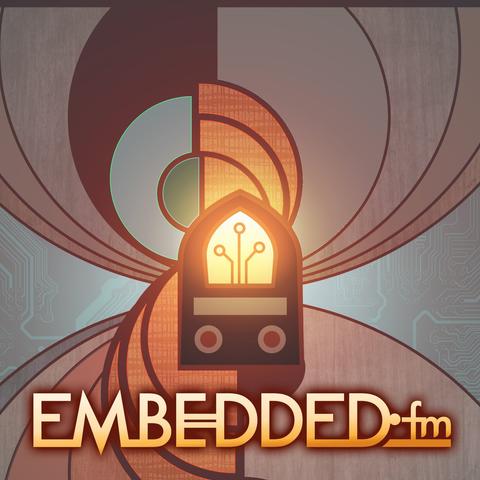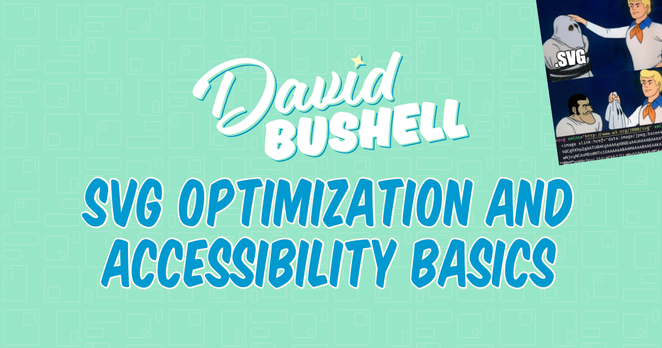Megatrend **#4** - Digital Twins: "With a digital twin, we don't just envision the future; we build it, test it, and perfect it, long before it ever touches the real world." - Futurist Jim Carroll
It's one of the most unappreciated but most powerful megatrends with a huge amount of potential. And you might not know it, but it's already being used all around you.
What's it all about? Think of it this way - it involves the creation of virtual replicas that allow for unprecedented simulation, optimization, and predictive capability, involving things like supply chains, buildings, manufacturing processes, and even surgery. in essence, we can figure things out before committing to doing those things. In that way, we can solve previously impossible problems, by testing and simulating them first.
Imagine being able to test out a big, expensive idea without actually building anything. Or fixing a problem in your factory before it even happens. Sounds like science fiction, right? It's not. It's happening right now, and it's changing how businesses operate.
What exactly Is a digital twin?
Think of it as a super-detailed virtual copy of something real. This "something" could be almost anything: a factory machine, an entire building, a complex supply chain, or even, as the quote suggests, a human organ. This isn't just a static picture, though. This digital replica is constantly updated with data from its real-world counterpart. So, if a machine in your factory starts to heat up, its digital twin knows it too, in real-time.
Digital twin technology is already being used in supply chains, building management and design, manufacturing, and more.
What's next? Advancements with personalized healthcare. Digital twins of human organs could allow doctors to test out different treatments for a patient's specific condition virtually, predicting the best course of action without any risk to the patient. Entire cities could have digital twins, allowing urban planners to simulate the impact of new infrastructure projects, traffic patterns, and even climate change scenarios.
Why does it matter? Because it gives us unprecedented simulation, optimization, and predictive capability. It's like having a crystal ball for your business or your project. By understanding how things will behave before we make big investments or take significant risks.
Oh, and one more thing.
This stuff is not theoretical. My oldest son is a UAV Practice Manager for a major firm and a GIS / geospatial mapping expert. In a proud dad moment, here's an article he just wrote on digital twin technology in the industry in which he works.
**#DigitalTwins** **#Simulation** **#Innovation** **#Technology** **#Optimization** **#Predictive** **#Virtual** **#Manufacturing** **#Healthcare** **#Future**
Original post: https://jimcarroll.com/2025/06/decoding-tomorrow-30-megatrends-4-digital-twinning-with-a-digital-twin-we-dont-just-envision-the-future-we-build-it-test-it-and-perfect-it-long-before-it-ever-touches-the-real-world/
: https://embedded.fm/episodes/506








